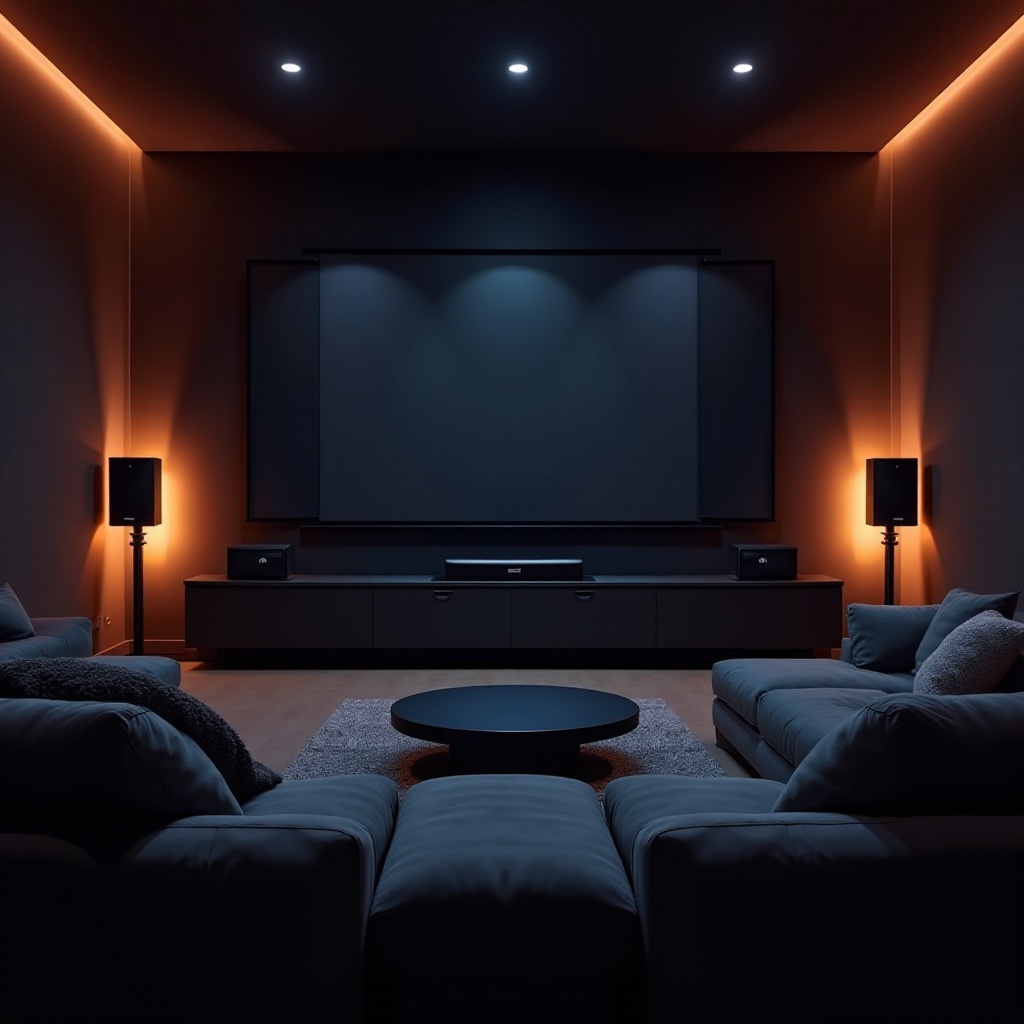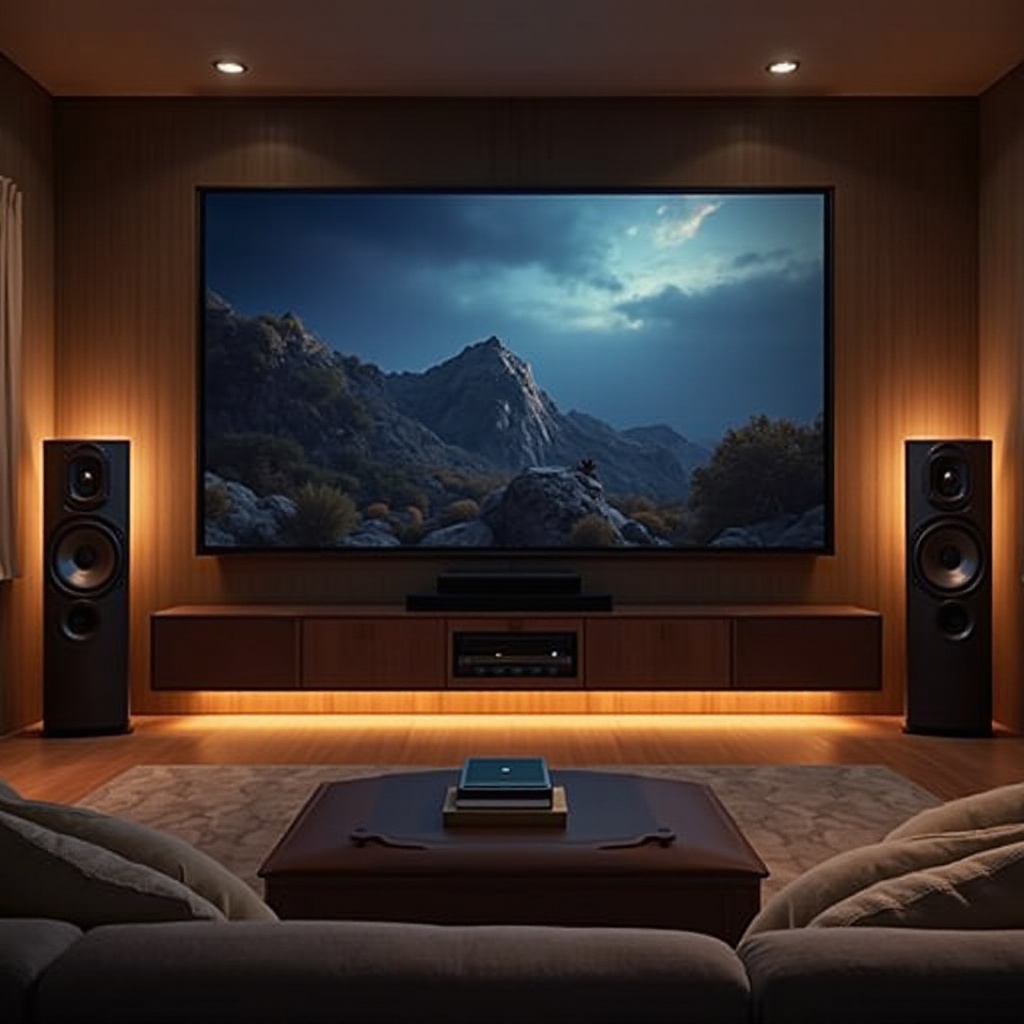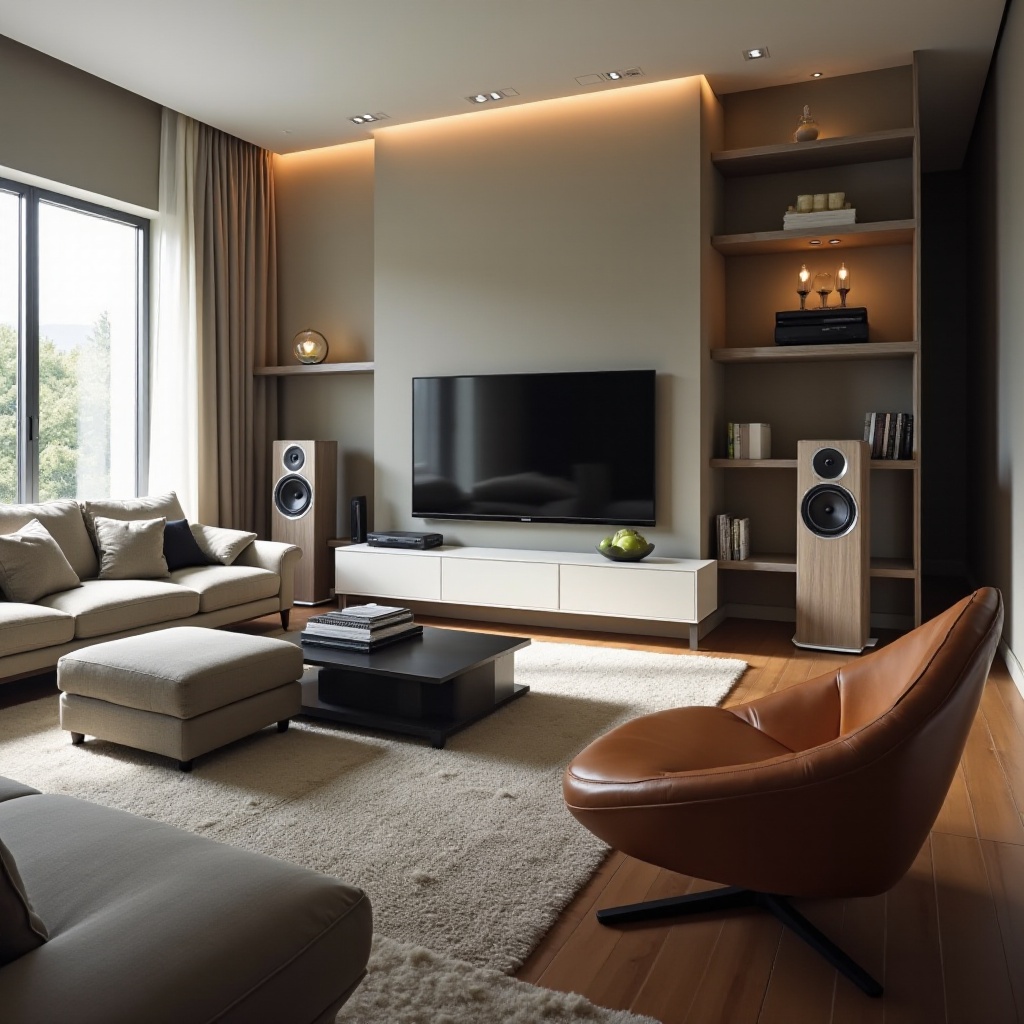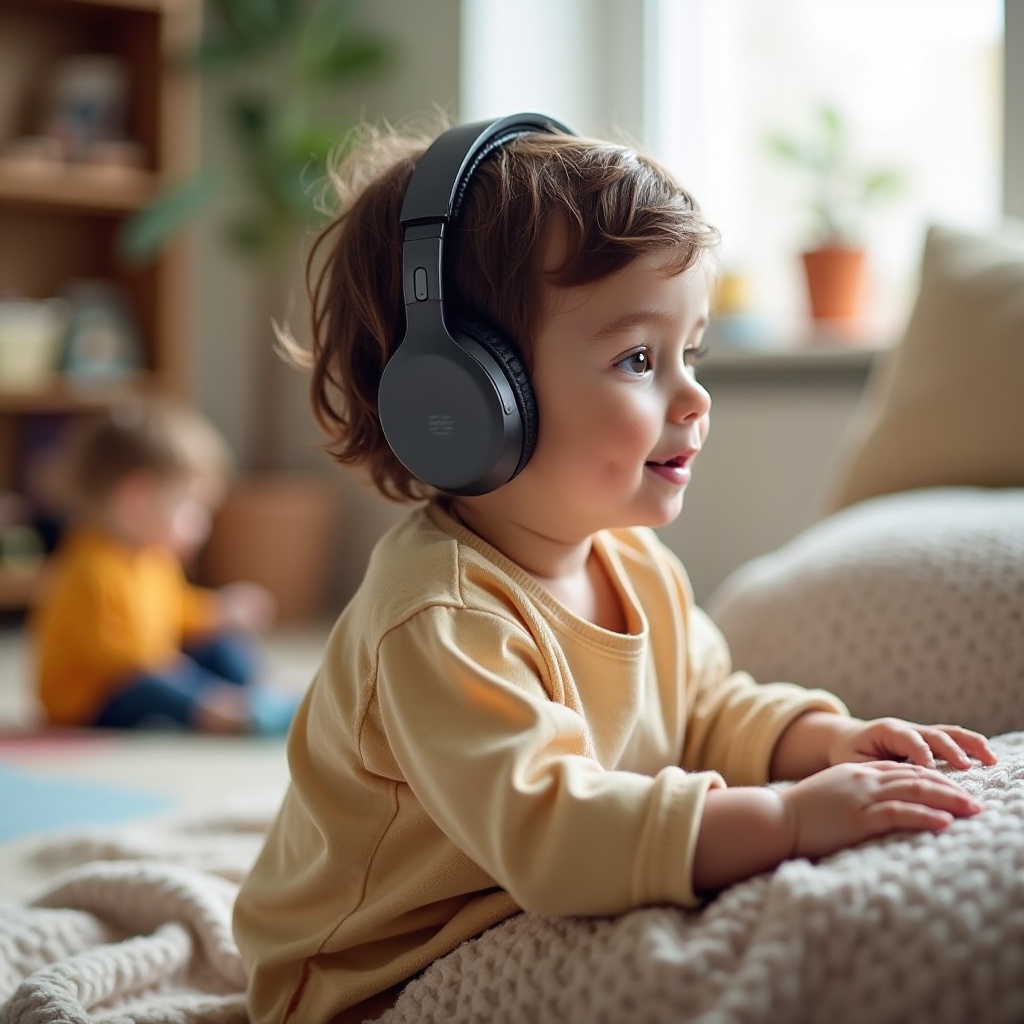Introduction
Optimizing your home theater involves more than just investing in high-quality equipment. One crucial aspect that often gets overlooked is the placement of front speakers, particularly distance optimization. The correct distance can significantly impact your listening experience. This guide delves into the ideal distance for KEF front speakers in your home theater setup to ensure you get the best sound quality possible.

Understanding Speaker Distance
Knowing the importance of the right speaker distance is essential for anyone looking to achieve the best home theater experience. The distance between the front speakers can influence various aspects such as clarity, imaging, and overall balance.
In simpler terms, when the front speakers are too close or too far apart, your audio experience becomes compromised. Too close may cause sounds to merge, losing the stereo effect, while too far apart can lead to a loss of cohesive soundstage. The ideal distance needs to be calculated based on the room size and seating position.

KEF Speaker Characteristics
KEF speakers are renowned for their precision and clarity, making them a popular choice for home theaters. Understanding these characteristics can help you appreciate why placement is so critical.
KEF’s Uni-Q technology, for example, places the tweeter at the acoustic center of the midrange cone. This innovation ensures clear, accurate sound across the entire listening area. Given such specialized engineering, even slight adjustments in distance can lead to significant changes in sound quality.
Calculating the Ideal Distance for KEF Front Speakers
To determine the optimal distance for KEF front speakers, consider the following steps:
- Measure the distance from your seating position to the screen.
- Use this measurement to create an equilateral triangle, where each side of the triangle equals the distance from the seating position to the speakers.
- Adjust the angle of your speakers to face directly towards the listening area. The aim is to create a ‘sweet spot’ where the sound imaging is most accurate.
By following these steps, you ensure that the imaging, balance, and overall sound quality from your KEF speakers are optimized. For instance, if the distance from your seating position to the screen is 10 feet, each speaker should ideally be placed 10 feet apart, making the seating position the perfect focal point for the audio.
Practical Tips for KEF Speaker Placement
After understanding the ideal distance, it’s essential to focus on practical steps to enhance your home theater experience further:
- Height: Position the speakers so that the tweeters are roughly at ear level when you’re seated.
- Angle: Ensure the speakers are angled slightly inward, aiming towards your main listening position.
- Obstructions: Avoid placing speakers behind furniture or other obstructions that can block or reflect sound.
- Spacing: Leave sufficient space between the back of the speaker and the wall to prevent bass distortion.
These tips ensure that your speaker setup delivers the crisp, clear sound KEF is known for, without any interference or distortion from improper placement.

Common Room Challenges and Solutions
Every room comes with its unique set of challenges, which can influence the efficacy of your home theater setup. Here are some common issues:
- Small Rooms: In a compact space, it might be difficult to place the speakers at an ideal distance. Use wall mounts or stands to maximize the available space.
- Odd Shapes: Rooms with irregular layouts can disrupt the sound waves. Acoustic treatments like wall panels can help mitigate this.
- Reflections: Hard surfaces reflect sound and can cause distortions. Add carpets, curtains, or soft furnishings to absorb these excessive reflections.
Addressing these common room-related issues ensures that your KEF speakers function optimally irrespective of the room’s peculiarities.
Fine-Tuning Your Home Theater Setup
Once you’ve placed your KEF front speakers, fine-tuning can make a significant difference in achieving the best results:
- Calibration: Use an SPL (sound pressure level) meter to ensure each speaker produces sound at the same level. This balances the audio output across all speakers.
- Audition: Play familiar music or movie scenes that feature a range of sounds. Fine-tune the angle and make slight positional changes based on your auditory perception.
- Room Acoustics: Listen for areas in the room where sound does not seem balanced or has too much bass. Adjust speaker positions slightly or use additional acoustic panels if needed.
Through calibration and minor tweaks, you hone the sound to perfection, making your home theater a true auditory haven.
Conclusion
Optimizing the distance and placement of your KEF front speakers can seem daunting, but with systematic steps and careful attention, it can considerably enhance your home theater’s audio experience. Correct distances, proper angles, and addressing room challenges all contribute significantly.
Remember, the ultimate goal is to create a balanced and immersive sound environment, making every movie, show, or song a joy to listen to.
Frequently Asked Questions
What is the ideal distance for KEF front speakers in a small room?
For small rooms, the ideal setup would involve positioning the front speakers closer together while maintaining the equilateral triangle concept. Typically, 6-8 feet apart should suffice.
How do I measure the optimal distance between my front speakers?
Measure the distance from your main seat to the home theater screen. Create an equilateral triangle with this distance, ensuring each speaker is placed the same distance from the seating position.
Can room correction technology help with speaker placement?
Yes, room correction technology can help fine-tune speaker distances and equalize the sound based on room acoustics. It adjusts frequency response and phase settings to optimize audio performance in your unique space.


